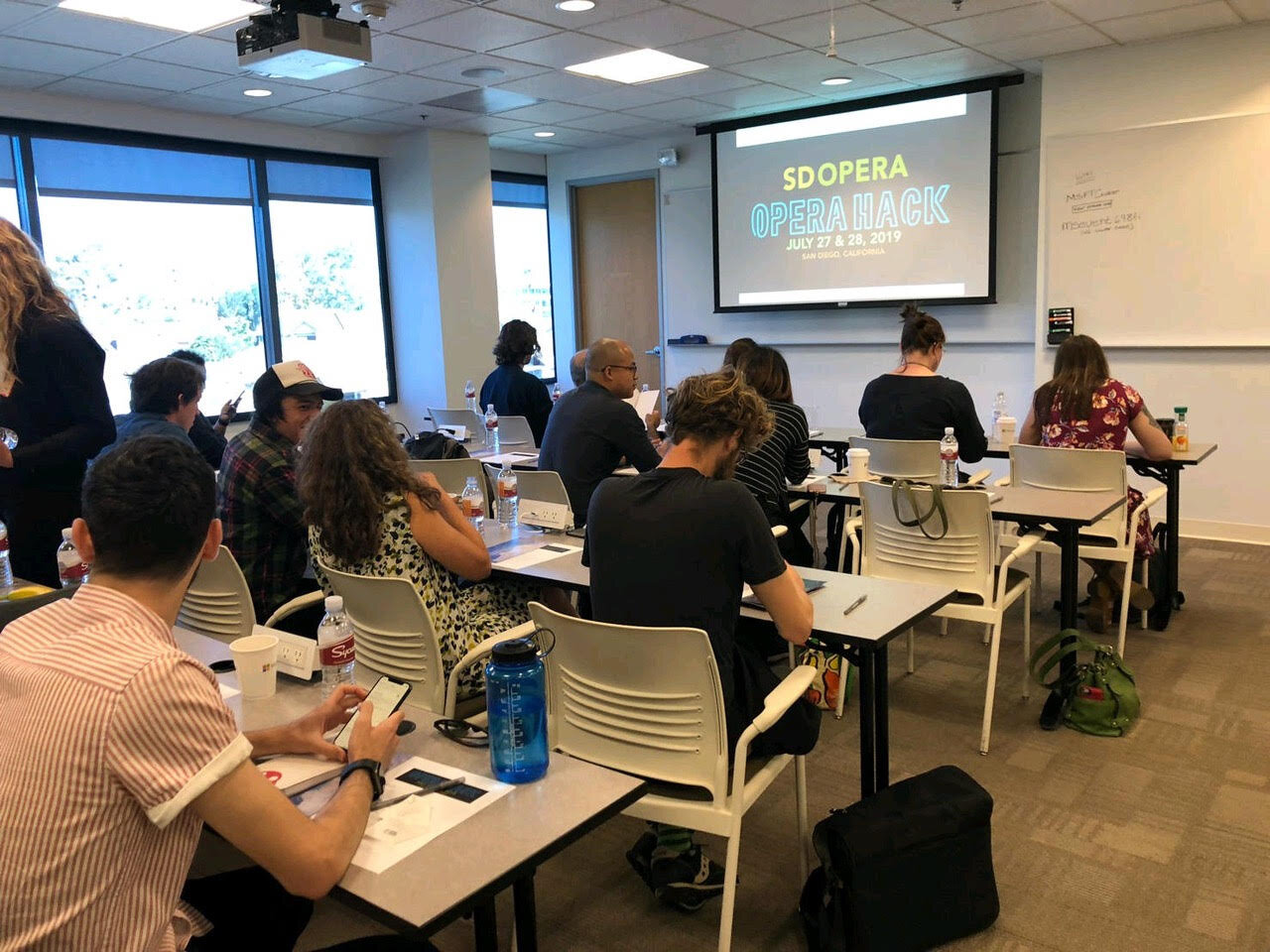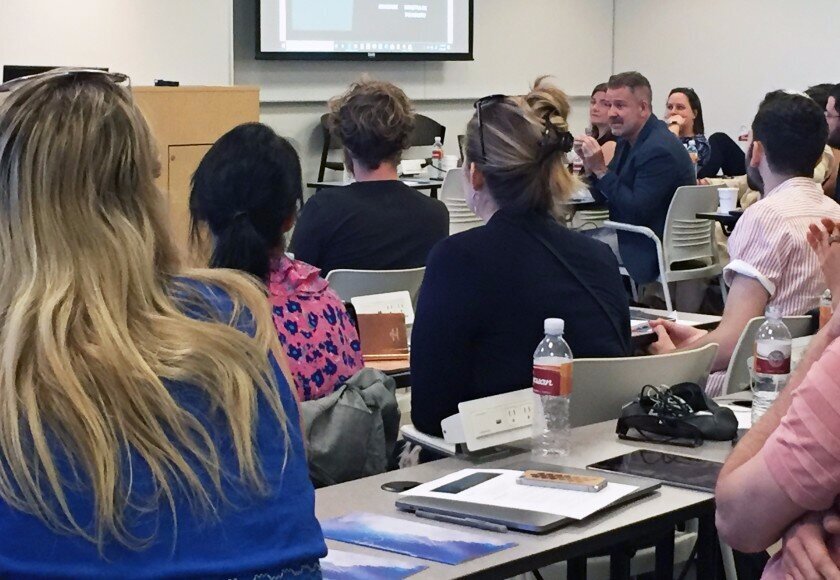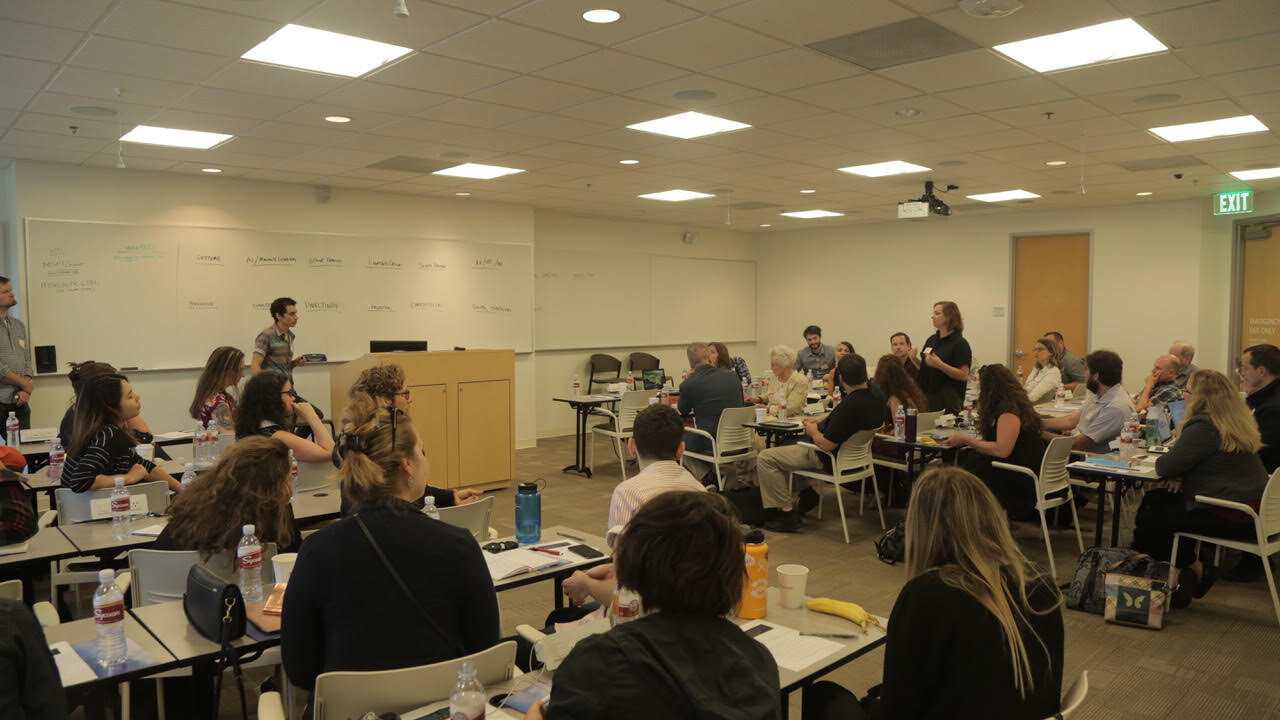Opera Nabi Founder Kristen Choi: “I was inspired to make these fun creations through the worlds of opera and music, with anime and Manga. So, if you have an interest in any of those subjects, this is the Etsy store for you!”
We’re beyond thrilled for Opera Innovation contributor Kristen Choi. Her recently launched Opera Nabi shop on Etsy is a small business / opera startup built on bridging visual and operatic art forms, as well as a multitude of cultures and cultural art forms (ps “nabi” means “butterfly” in Korean). Through Opera Nabi, Kristen’s operatic and illustration skills and knowledge are beautifully joined as a one-of-a-kind sticker shop. If that’s not “opera innovation” we don’t know what is! Just back from Italy, Kristen took time to do a quick Q&A with us. Links for Kristen’s Etsy shop and more work samples below, keep Opera Nabi in mind for Black Friday, Small Business Saturday and Holiday Stocking Stuffers. JM
Opera Innovation Q&A | Opera Nabi Founder Kristen Choi
OI: Could you tell us why this art form inspires and delights and how you arrived at the Opera Nabi small business concept?
KC: I've always loved anime, since I was a kid. The drawing style always attracted me and even more so the chibi style. I mean who doesn't love mini, cute versions of things? It's appealing! And just adorable. I decided to start (Opera Nabi) after tapping back into my old hobby of drawing. As mentioned, I love anime and manga, so I decided to pick up drawing and sketching again. Then, after drawing for a while, I decided to become even more creative with it. While in quarantine, I felt that it was time explore creativity in other places besides music and singing. That’s when I decided to bridge the opera world I miss so much with this revived hobby of sketching and doodling. By doing so, I could reimagine famous opera scenes and composers in the manga or chibi style. I decided to put a poll on Instagram just for fun, to market research the idea, actually getting some positive responses from friends and colleagues.
I also wanted the name of my store to reflect who I am. Of course, it had to be opera-related, so opera had to be a part of the name. I decided on ‘Nabi’ because in Korean it means ‘Butterfly.’ The opera, Madama Butterfly, also has a very significant place in my heart, becoming the main inspiration for my shop’s name. Also, if you know me, I'm a very social person and love meeting people and making friends, so there’s that word play, too. I also wanted to keep the name in Korean to reflect my cultural identity.
OI: Who is your customer and why? For instance if I'm an opera lover but not a sticker aficionado, how would you sell me on the idea of collecting and using Opera Nabi creations?
KC: Well, customers right now are mostly opera and music lovers. Stickers are super accessible and make amazing gifts for opening and closing nights of shows and are also cute accessories to decorate personal items. Singers can add some extra personality to their scores, notebooks, tablets, or waterbottles by putting a sticker on any of these items. I'm still in the process of ordering cards with opera anime scenes depicted, but I imagine they’d be beautiful gifts to give to people.
OI: The opportunity to "sell" opera to people already interested in these art forms is obvious. What are your thoughts for perhaps nurturing a greater interest in opera through the Opera Nabi imagery and products you're creating?
KC: Right now, anime is super mainstream, especially among younger generations. When I was a kid, it was considered nerdy or "dorky" to like anime, but now it’s considered to be a beautiful art form. I think by connecting the two and reimagining opera in this style, Opera Nabi could attract some anime otaku nerds and lovers.
Screenshot from Opera Nabi on Instagram.
OI: The Opera Nabi product line seems like a great new hobby. How are you approaching the holiday season? What are your business goals for the holiday?
KC: Honestly, I’m just trying to add more products to my store and pump out more designs that people have requested. Getting more followers and keeping traction would be good, but it's been kind of a hectic time for me traveling during COVID, so I needed to get back on track with the store and upcoming designs. A new batch of sticker design orders will be coming in, so I’ll definitely make a special offer for the holiday season. Keep on the look out for bundle orders and special discounts!
OI: How has the Etsy platform and technology made the Opera Nabi business concept better and/or easier to access?
KC: Etsy makes everything so easy to sell on their platform and since it's well-known, people come to it with built-in trust, ready to order from the site. I’ll probably get more traction as I add more products in the coming days and weeks. It's probably be a bit of trial and error, but so far, so great.
OI: What are your future plans for Opera Nabi? Have you considered special partnerships and collaborations with opera companies i.e. special sets for seasons or particular operas?
KC: I don’t have particular plans or projects, collaboration wise, with other companies as yet. But, I’m always open to collaboration, especially if a given project intrigues me personally and/or artistically.
If the Opera Nabi concept is of interest, I’d love everyone to please follow our Instagram. I promise to post more designs ASAP, and if people have ideas they’d like to share or want to discuss special commissions, please DM me. Happy Holidays to all, and please stay safe!



















